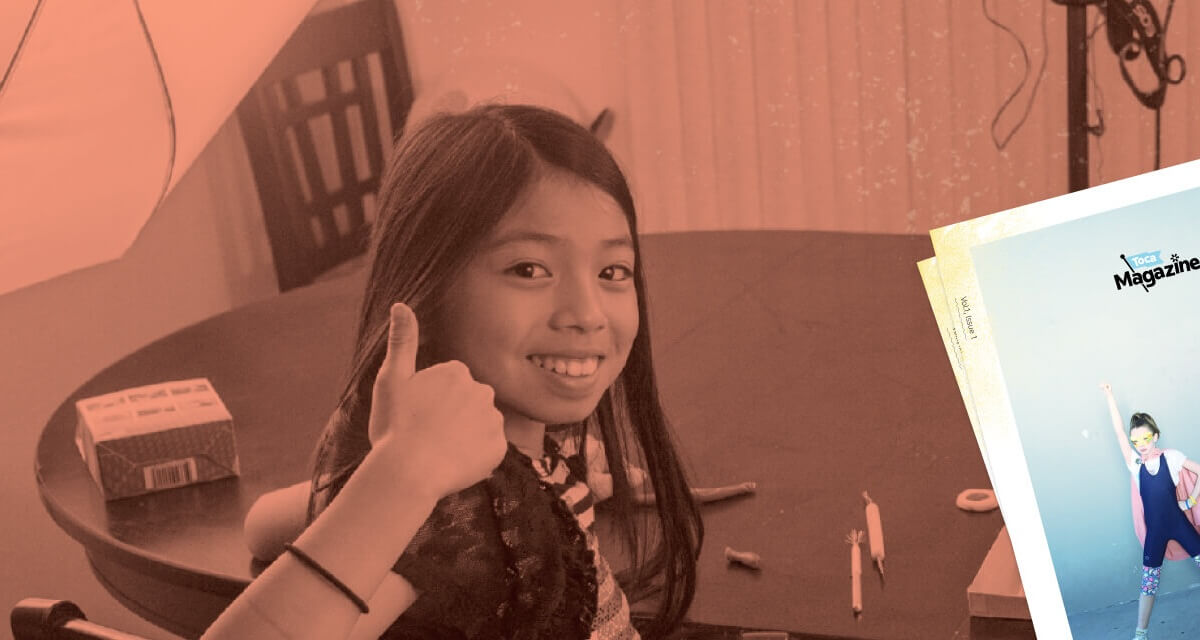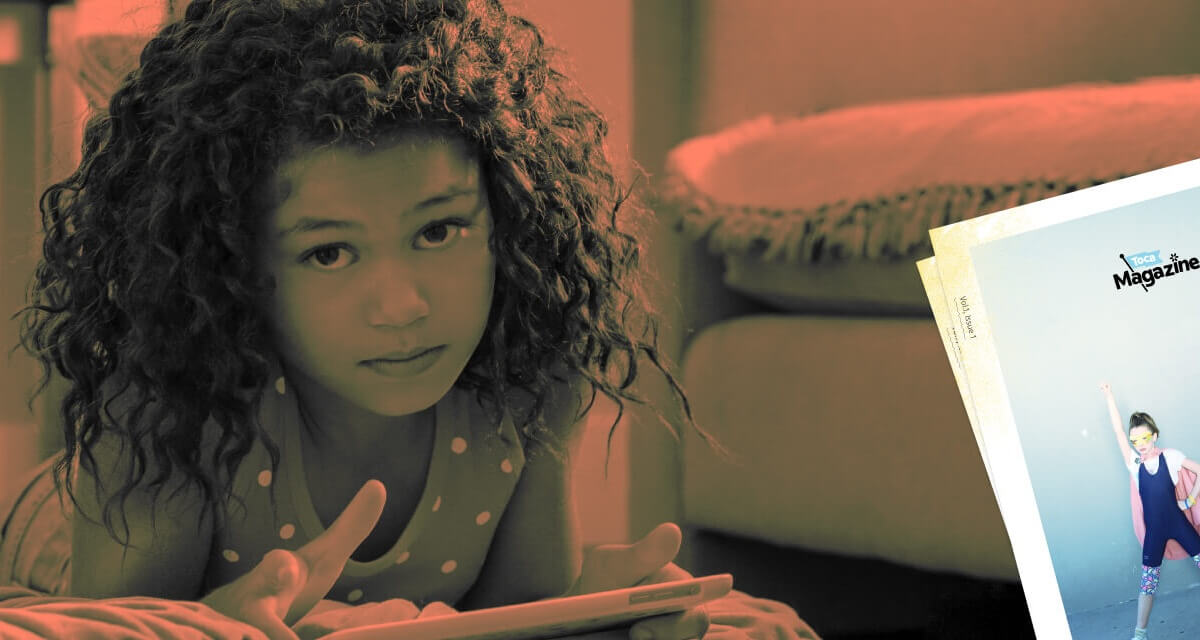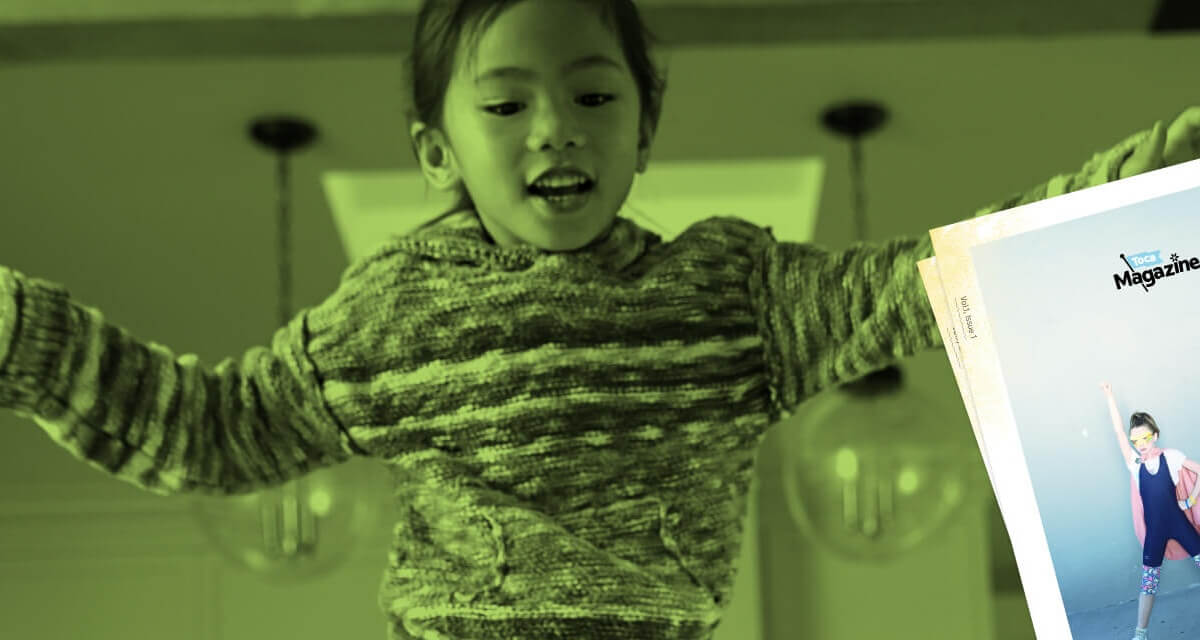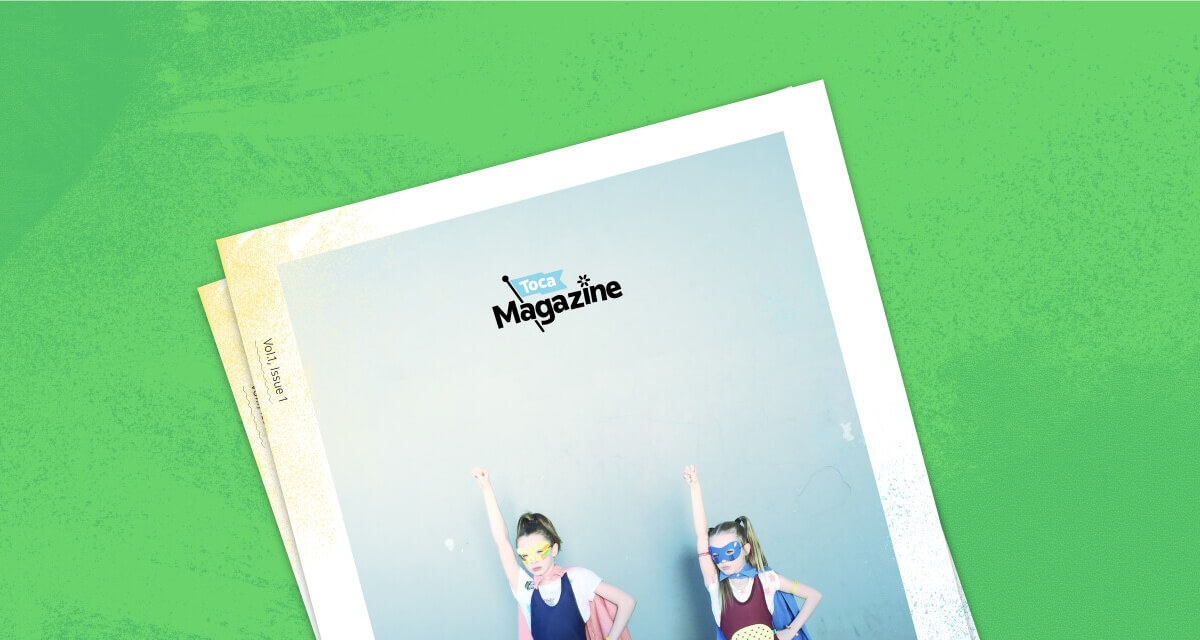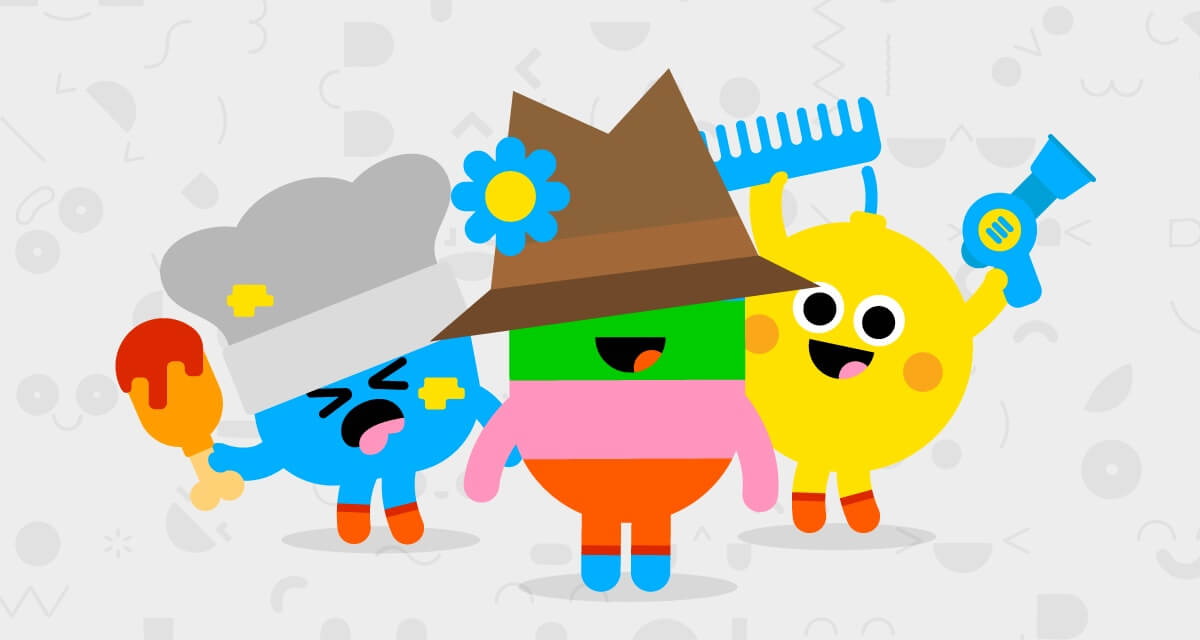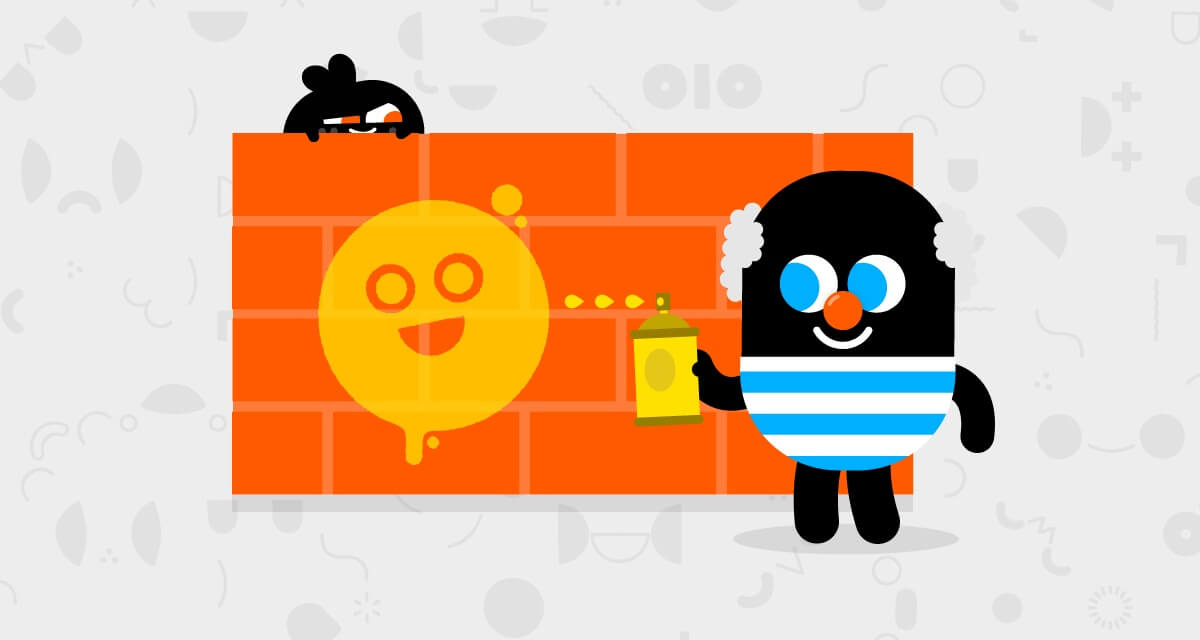Technology gives kids opportunities their parents only dreamed of.
- By
- Parker Barry
Kids today have easy access to some pretty amazing creation tools. Used correctly, technology can move kids from being consumers to creators — and the power is right at their fingertips.
Many schools are working to get technology — iPads or other tablets, Chromebooks or other laptops — into all students’ hands through what’s called a 1:1 initiative, one device for every one student. Teachers and kids working with this kind of perpetual access are empowered to become creators every day.
Jenni Rhea’s third-graders in Austin, Texas, are more engaged in the creative process because they can control their own learning. “Having 1:1 access allows them to be in the driver’s seat,” she said. “They can pursue their passions, find answers to their questions, and share their learning with the world in a variety of ways.” The technology isn’t the inspiration. It’s a tool that allows them to express themselves creatively, she said.
When kids have easy access to technology and are empowered to take risks and explore different ways to use the technology, they become makers. A generation ago, kids could dream of publishing a book or creating a polished and edited movie, but very few had the resources to actually do it. Now, every kid with a tablet filled with the right apps can produce creative works that rival professional-level productions. Ruth Cook, an elementary school librarian in Austin, knows creativity in kids is nothing new, but technology can help them realize their ideas and bring them to life. “Digital tools elevate the creative juices to a newer level,” she said.
Just what can kids make with digital technology?
They can make books.
Book creation apps make publishing easy for kids. They can add images and customize features in their books. They can even add audio to create audiobooks. Kids can use other apps to create graphics or other custom features for their books — a technique called app smashing, which is when several apps are used in conjunction. Some apps, like Book Creator, allow kids to make their books available through iBooks or Google Play Books. Others let kids share books through social media. Tobie Rountree, a second-grade teacher in Austin, had her students make iBooks about holiday traditions. “They blew me away with what they produced,” she said. “But more importantly, they were so proud of the books they created and were able to share with their classmates and families. Each book is completely personalized and creative.”
They can make tools.
With 3-D printers and design apps or websites, kids can make almost anything. August Deshais teaches kindergarten in Eureka, California, where he and his students have a 3-D printer in their classroom. They use it and programs like Tinkercad to create things they need in the classroom — like a recent project in which they made accessories for their playdough center. The kids made their own sphere, dull knife and rolling pin. “These are each rather unremarkable objects and readily available at the store, but in our classroom they are remarkable for the very reason that they didn’t come from a store,” Deshais said.
They can make movies.
Give kids a few minutes to explore iMovie, and they can create impressive movies, edited and blockbuster-worthy. The app is easy to use, and the templates allow kids to see fast results. Then kids can spend a little more time customizing to fully show off their creativity. Technology Specialist Cara Shipp describes it as a tool that doesn’t require much teacher assistance. “Having an easy-to-use piece of technology like the iPad really made a difference (in kids’ creative productions).”
![]()
They can make games.
Coding is the brain of the technology that makes these creative tools possible, and it can also be a tool that kids can use to create. Some coding apps and websites teach kids the logic of programming, while others allow them to program (and play) their own games. Scratch is a classroom favorite that kids love creating with at home, too. Erin Zaich, a teacher at AltSchool in San Francisco, appreciates that Scratch is accessible to all levels of students. “Students can push the bounds of the program while others can learn the basics,” she said. “Scratch allows students to learn the fundamentals of coding in a way that is accessible and engaging.” And it’s free!
They can make art.
Digital tools take art to a totally new level. Celia Zamadics teaches art in Austin and uses iPads in addition to teaching traditional techniques. Students combine graphic arts with photography, sketching, painting and modeling. “I love to show them different art apps,” she said. “And eventually we can combine different apps to create a work of art.”
They can make mistakes.
Zamadics has a quote from Esther Dyson hanging in her art room: “Always make new mistakes.” Technology, she said, makes mistakes easier to deal with, so kids are encouraged to take risks. “Our test-centric educational system has created children who are afraid to make mistakes,” she said. “Sadly, when you are afraid to make a mistake, you shy away from creativity. With technology, mistakes can be undone with a tap or swipe. “The fear factor is somewhat removed,” she said, so kids are empowered to make mistakes and take the risks that lead to creativity.
Technology is powerful, and so is creativity. Put them together, and kids can soar. Give them the tools and freedom to find inspiration and direct their own learning. “You’ll be amazed at what they are able to do,” said Rhea.
